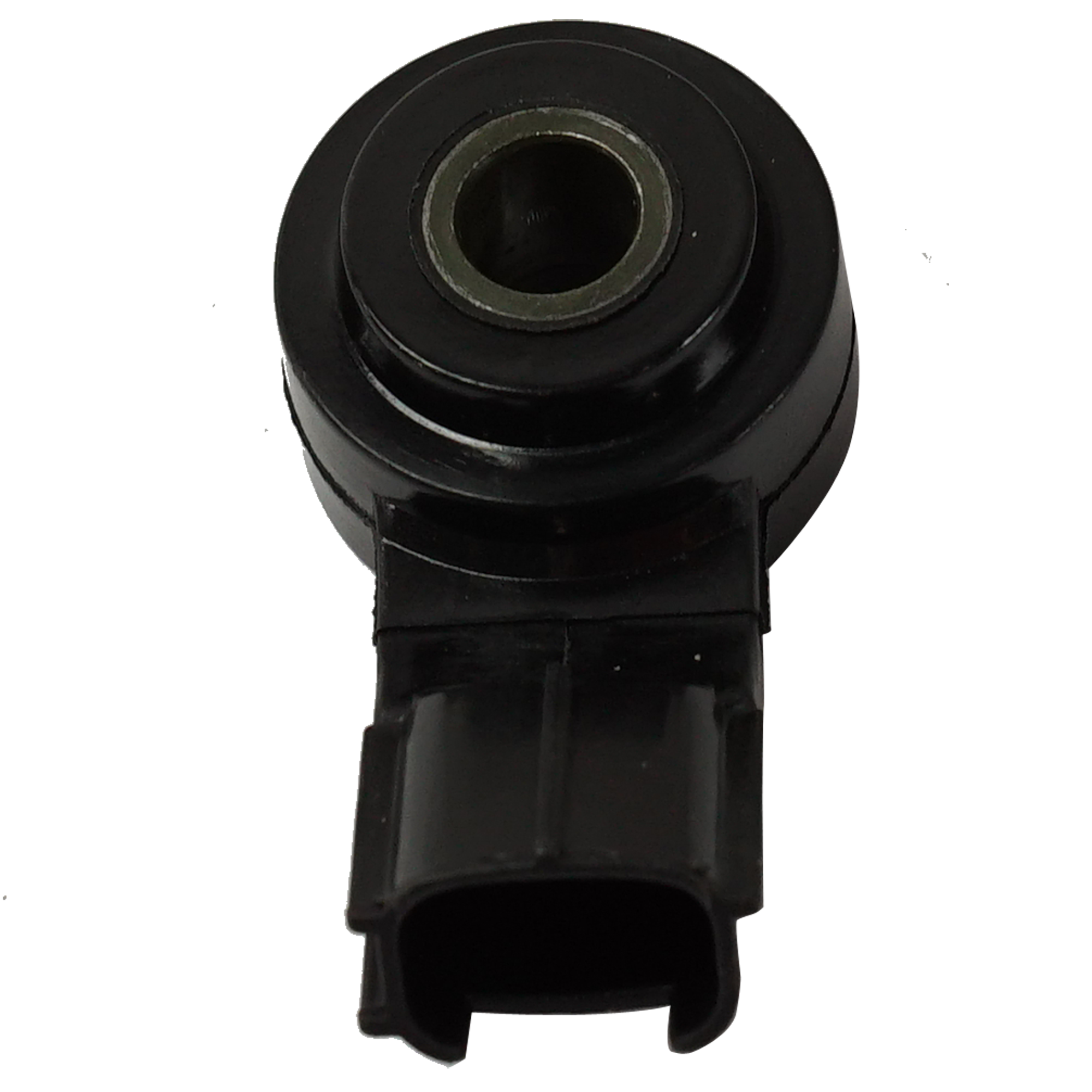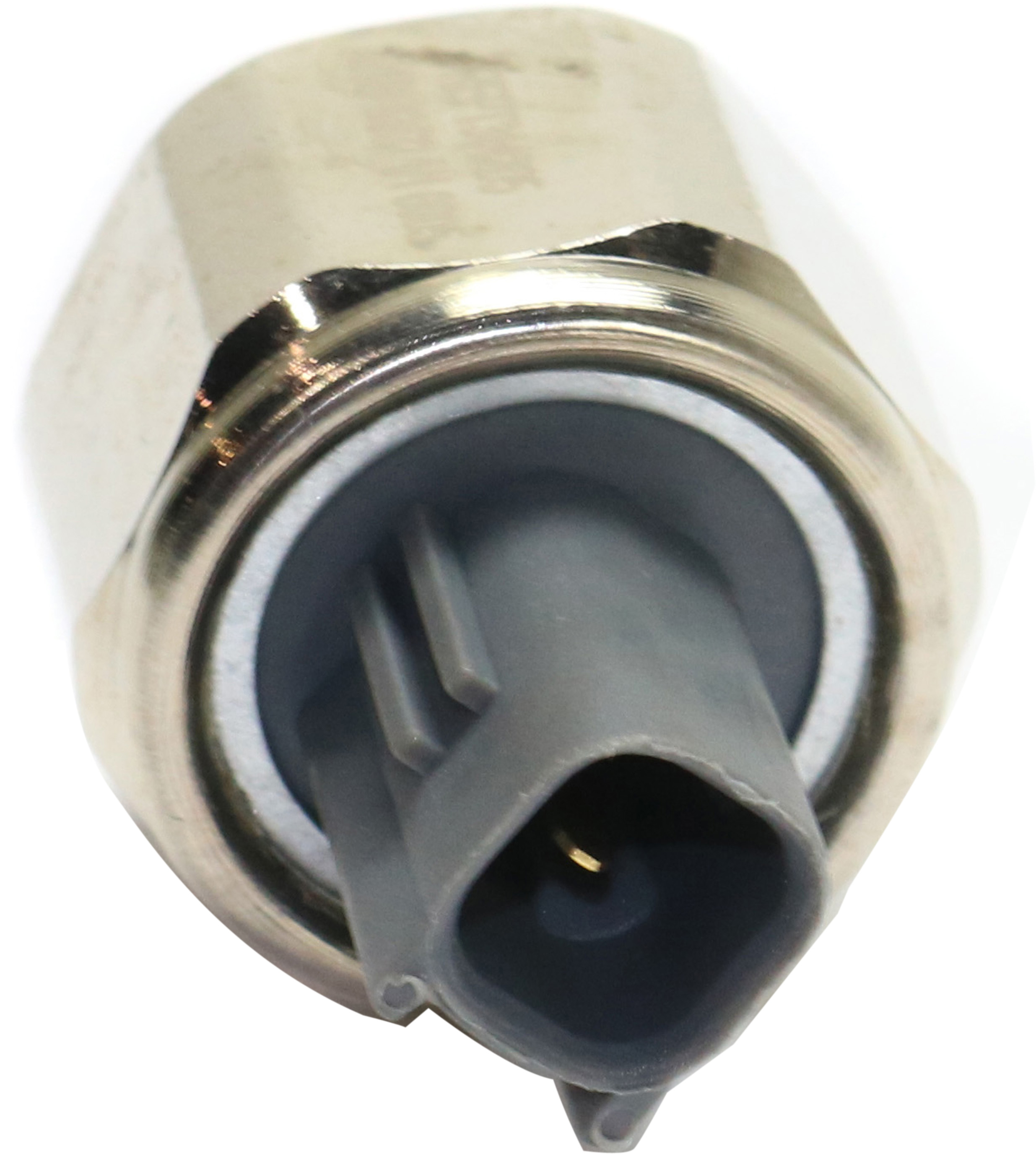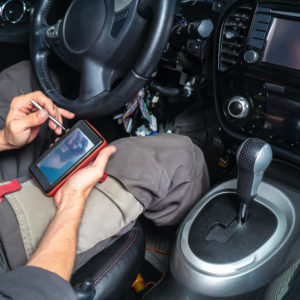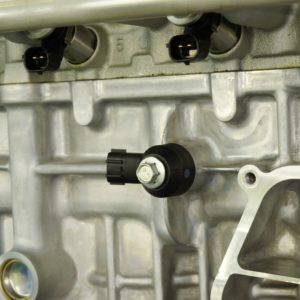Abnormal combustion (either due to detonation or pre-ignition) can create a knocking or pinging noise. Often, this “knocking” is caused by overly advanced ignition timing, low octane fuel, or excessive engine operating temperatures.
The knock sensor monitors this knock and relays the necessary information to the vehicle’s primary computer. When the relayed voltage signal falls outside the specified normal range, a P0328 code gets set. Here’s what you need to know about this diagnostic trouble code.
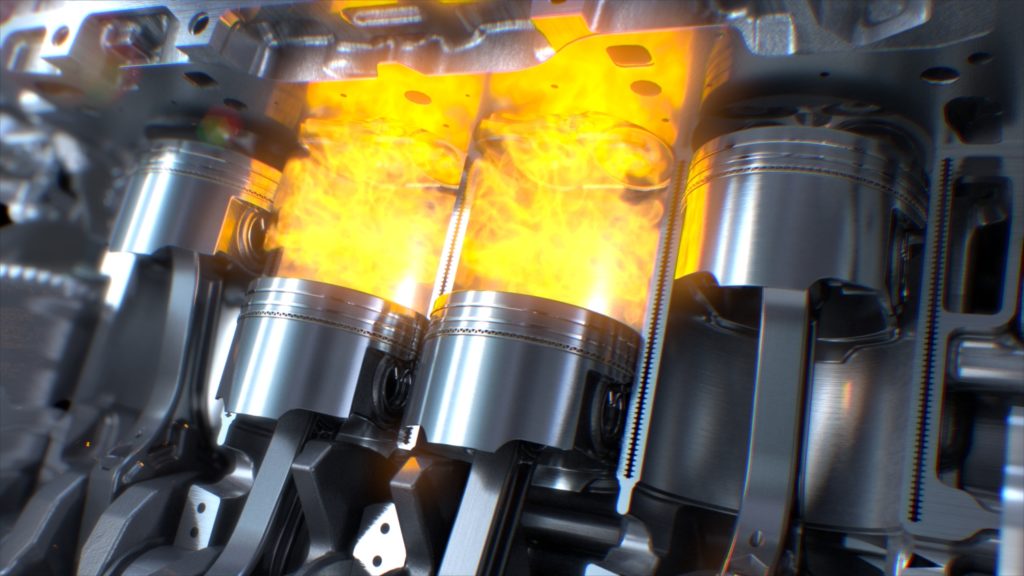
What Does the P0328 Code Mean?
Diagnostic Trouble Code (DTC) P0328 stands for Knock Sensor 1 Circuit High (Bank 1 ).
Knock sensors are devices that are used to detect engine knock. This sensor is typically a two-wire sensor, though there are some devices that only have one wire. The knock sensor receives a 5-volt reference and returns a signal to the PCM.
When the sensor detects an engine knock, it sends a voltage signal to the PCM that also informs it of the knock’s severity. As a result, the PCM will use this information to adjust spark timing to avoid detonation.
The sensor signal wire informs the PCM when a knock occurs and of the problem’s severity. The PCM will retard the spark timing to avoid detonation. During normal operation, most vehicle computers can identify engine knock trends in the engine.
This code refers to an abnormally high output voltage of the knock sensor. The P0328 code refers to the sensor on bank #1.
Make sure you fully understand what knock sensors are and how they work before you attempt any DIY troubleshooting for code P0328.

What are the Possible Causes of the P0328 Code?
Here are some possible issues to look out for while diagnosing the code P0328.
- Defective knock sensor
- A flooded knock sensor (water damage)d on a Chevy V8
- A problem in the knock Sensor Circuit
- Defective EGR System
- Malfunctioning Cooling System
- Lean air/fuel ratio
- Internal engine problem
- An issue with the PCM
What are the Common Symptoms of the P0328 Code?
Here are some of the symptoms typically associated with the P0328 code.
- Check Engine Light will illuminate
- Engine pings on acceleration
- Engine may be running hotter than normal

How to Diagnose the P0328 Code
Identifying the underlying cause of the P0328 code can be difficult, especially if you’re not confident with your automotive knowledge. In most cases, it would be best to bring your vehicle to a trusted auto repair shop and seek the help of a professional to get an accurate diagnosis.
Here are some videos that can give you an idea about what the diagnostic process might involve:
How to Fix the P0328 Code
The P0328 code is a generic trouble code that may apply to various makes and models. While vehicles from different manufacturers may share common symptoms, the steps for diagnosis and repair for a P0328 Nissan code may differ from P0328 Subaru code.
If you’re an advanced DIYer who’d like to fix this code on your own, it will be helpful to refer to a repair manual or get factory vehicle repair information from an online subscription service.
Where to Buy Parts to Fix Code P0328
As mentioned previously, one of the simplest ways to address DTC P0328 is to replace your vehicle’s knock sensor. Bear in mind that this only works if the sensor itself is damaged or too old to function properly. Luckily, finding a replacement is easy thanks to CarParts.com.
Our sensors are hand-picked by a team of professionals, and each one of our products comes from some of the most reliable names in the industry. You won’t have to worry about your replacement breaking down any time soon.
In addition, you don’t even have to search through multiple brick-and-mortar stores to get yourself a brand-new sensor. Shop for compatible parts on our website by plugging your vehicle’s year, make, and model into our vehicle selector. You’ll be done in a few seconds.
Shop now, and complete urgent repairs in no time. Check out our selection of quality sensors today.
Shop this Project


Any information provided on this Website is for informational purposes only and is not intended to replace consultation with a professional mechanic. The accuracy and timeliness of the information may change from the time of publication.


